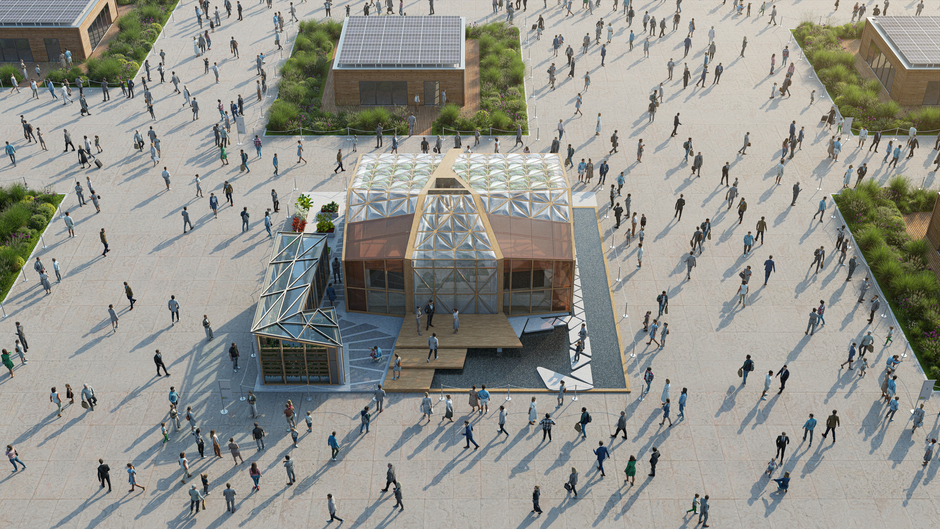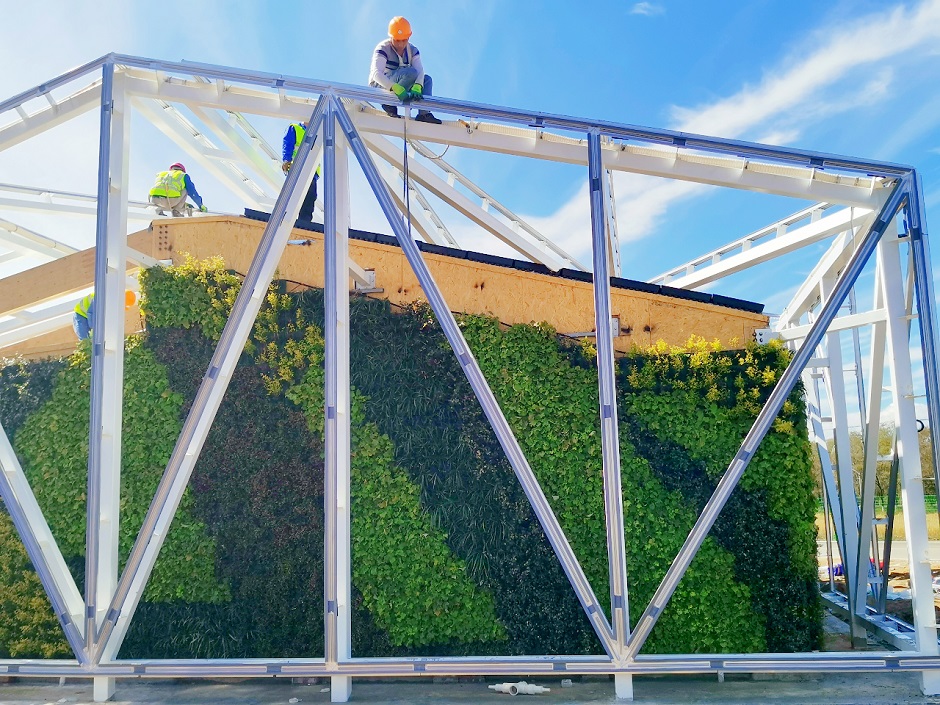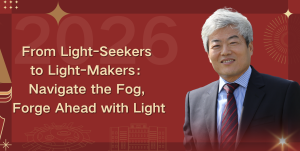04 Aug 2022
The finals of Solar Decathlon China – dubbed “the Olympic Games in the solar energy and green building industry” – will take place in Zhangjiakou, Hebei province from 8 to 14 August.
The Y-Project, a fully solar-powered house designed by teams from Xi’an Jiaotong-Liverpool University, Zhejiang University-University of Illinois at Urbana-Champaign Institute, and Thomas Jefferson University, will compete against 14 other sustainable houses. At the mid-term evaluation in February 2022, the multidisciplinary team was in second place among the finalists.
We had the opportunity to speak with Dr Marco Cimillo, faculty lead of Y-Project and Associate Dean at XJTLU’s Design School.
 Y-Project
Y-Project
Q: Why is it called Y-Project?
A: The roof, one of our main characteristics, has a Y-shaped structure. It’s an important part of the design because it opens towards the south and captures solar energy.
Within the team, we also like to attribute additional meanings to the name. Y recalls the Chinese character ren (人), which means people, and our project is human-centred. Y also stands for “young”, as this is a project developed by and for the younger generations.
Q: What technologies does the house use to be more energy efficient?
A: We try to make the most of the climatic resources that we have on site, and in particular, solar energy, which is used for both energy production – by photovoltaic panels integrated in the building skin – and passive heating and daylighting.
In our project, these systems are tightly connected with the mechanical ones. For example, the ventilation system takes advantage of the double facade that we have designed with a light transparent membrane and the plants on the green walls and roof, so the air goes through these different systems before being introduced into the house. This strategy is called “dynamic insulation” and also allows to recover heat losses from the inner spaces and keep the building warmer.
Another thing to mention is that our photovoltaic system not only produces energy, but is also able to store a significant amount of it. This is important because one of the main limitations of renewable energy is that we cannot produce it whenever it’s needed, but only when the resources are available. To solve this problem, we have a 40-kilowatt-hour battery that can make the house completely self-sufficient for at least a couple of days, even if there’s no sun at all. The house can exchange energy with the grid in both directions, and this will be increasingly important for future buildings to enable the development of “smart grids” in which each building, other than using energy, can also contribute to distributed production and storage, which will make our networks more efficient and resilient.
Q: What role does bamboo play in the project?
A: The main structure, the interiors, and the furniture are mostly made of bamboo.
Bamboo is an interesting material because compared to other renewable materials, such as wood, it grows very fast, so it’s easier to renew at the same pace at which it’s used. Additionally, it has the ability to store and absorb CO2 for the long term. It also has excellent structural resistance, so it can be effectively used as a construction material.
The bamboo we used in this project is called Glubam, which is an engineered type of bamboo. It consists of more industrialised components that are more predictable and easier to use in the contemporary construction industry.
 Y-Project interior rendering
Y-Project interior rendering
Q: Is it realistic to use bamboo for the majority of the construction in homes in the future?
A: Maybe not for the majority of the them, but I think it can effectively replace part of the construction materials that we're using today, and contribute to reducing “embodied energy”, an often-neglected aspect of sustainable building.
The embodied energy is the sum of all the energy that is used by producing the materials, transporting them, and making the building.
In our project, we also use other materials to the same end. For example, part of the insulation is made with straw, which is also a very renewable, easy-to-produce material that doesn’t have a high energy demand in its production. ETFE, the material used for the transparent membrane offers similar performance as glass, but in 1/100 of its weight, which reduces material use for both the membrane itself and the supporting structure.
Q: Can the house be adapted to various environments or is it specific to certain climates?
A: This particular house is designed for cold climates where the temperature in winter can go down to -20°C. However, it can certainly be changed and adapted to different scenarios and climates.
One of the strategies we use to save energy in the house is through its adaptability and responsiveness to different climate conditions. Zhangjiakou has quite a wide range during the year (from minus 20 to over 30 degrees), and our building can react to different seasons. For example, the interiors, solarium and façade feature an automated system of widows and vents opening and closing for natural ventilation. The water thermal storage in the double façade will change colours to absorb or reflect more or less radiation based on the temperature. So the building has possibilities to change both in terms of design and configuration.
Q: Could Y-Project be the answer to the world’s energy problems?
A: I think obviously it cannot be the answer by itself, but it can certainly contribute applied research and experimentation towards solving these problems.
We, as a society, need to design our buildings better because they represent a high proportion of our energy use and emissions. Compared to other developed countries, China uses less energy per capita and per building, but this is changing quickly. It is projected that in future, the construction industry will have an increasing impact on the overall energy balance of the country.
Working on environmentally sustainable technologies and working in this direction is certainly critical to address our energy problems.
Q: How close are we to building sustainable homes in the future?
A: I think we can make buildings that perform a lot better than they did in the recent past, but we’re not yet completely ready to make carbon neutral or energy neutral buildings on a large scale, especially in urban areas where we have more intensive construction. And that is why it’s important to keep doing researching new solutions.
More information about the Y-Project can be found here.
By Xinmin Han
Edited by Patricia Pieterse
Images by Y-Team
04 Aug 2022
RELATED NEWS

Students unite in ‘Olympic’ contest for sustainable homes
Zhangjiakou, one of the three main 2022 Winter Olympics events sites, is also host to another “Olympic” game – one that has united students internationally i...
Learn more







